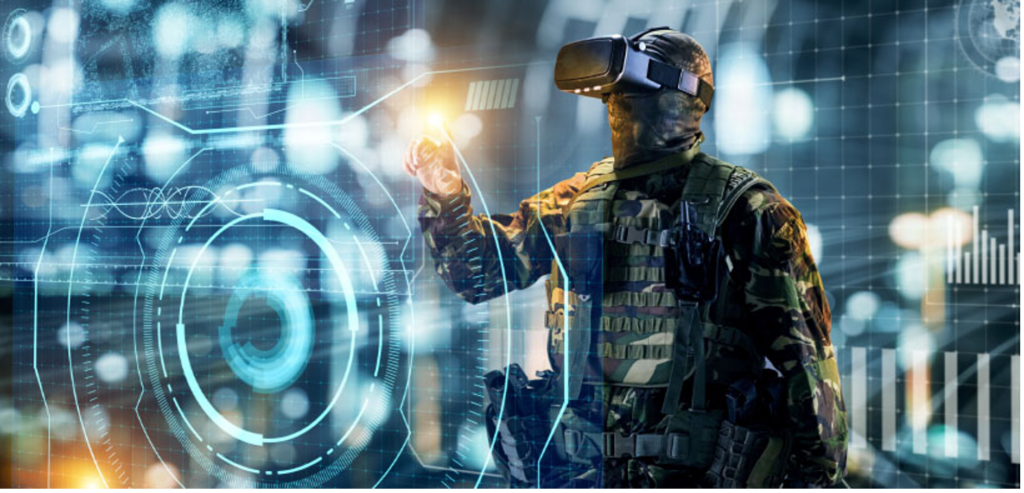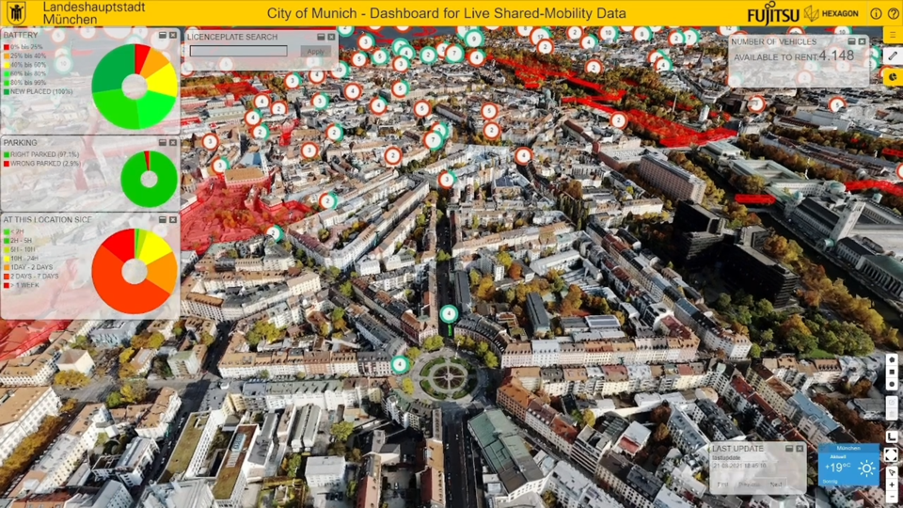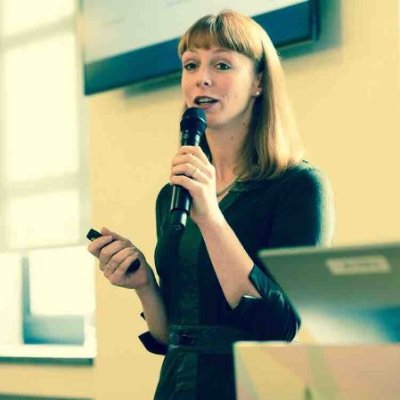
How the metaverse can help solve global threats
Editor’s note: This article written by Nele Coghe, Product Marketing Manager at Hexagon Geospatial is part of the annual GeoTrends series. GeoTrends series aims to provide a platform for thought leaders, executives and strategic thinkers in the industry to articulate their vision and help our readers understand where the industry is headed in the future.
Saying that 2022 was a challenging year is probably an understatement. Unfortunately, the main global issues we’ve been facing – war, rising energy prices and climate change with its disastrous consequences – won’t automatically disappear in 2023. I consider optimism a moral duty, so I’m expecting technology, and the metaverse in particular, to contribute to solving these matters in the future.
In Hexagon’s vison, the metaverse is a limitless digital reality platform comprised of interconnected 3D worlds where users can explore, interact, create content and share information. Applications in the metaverse that require the real, physical world to be mirrored, viewed and understood within this 3D digital world with precision and accuracy are what we define as “smart digital realities”.
In 2023, digital reality solutions will continue to evolve through innovative developments that reduce operational costs and risks, enable prediction and prevention, increase productivity and efficiency and minimise waste and pollution.
Digital realities for defence
Any modern conflict can only be won on the physical battlefield by dominating the digital battlefield, so any commander in 2023 must have an assured, secure, up-to-date digital reality. Having multiple command and control displays within a virtual reality headset allows a commander in the field to see the same information in a single view as presented to the commanders in the headquarter with multiple screens.
Augmented reality displays could also be integrated into a soldier’s helmet so that they can receive additional information and insight to provide him with the location of colleagues, line of sight, waypoint, and other key information. Superimposing this type of crucial information can improve situational awareness.
Digital realities can also help assess potentially dangerous situations left in the wake of an enemy attack or natural disaster. Unmanned aerial system platforms or robots equipped with a LiDAR scanner can survey any location without having someone risk their life. The acquired precise 3D data will reveal information that couldn’t previously be obtained from just standard pictures.

Digital realities for energy
After energy prices rose by 80% or even more in some countries in 2022, I’m expecting a change in the energy landscape in 2023. With smart digital realities, changes and adjustments to energy infrastructures can be tested to optimise results by reducing risks, errors and costs, as well as to check devices andmeasure emissions, etc.
Renewable energy facilities, such as solar and wind farms, will be popping up like mushrooms. Smart digital realities of these farms can be remotely and autonomously monitored to detect solar panel or wind turbine anomalies, improve maintenance, aid inspections and more.
Every stage—from planning, designing, manufacturing, building, operating, and optimising renewable energy production can be done in the metaverse.
Digital realities for climate change
In 2023, global CO2 emissions are expected to rise again to, or even above, pre-pandemic levels. Estimates suggest that cities are responsible for 75% of global CO2 emissions, with transport and buildings being among the largest contributors. Smart digital realities of cities can greatly assist in urban planning, monitoring traffic flow to improve cities’ sustainability and testing the effectiveness of different measures against rising sea levels and urban heat.

There’s still a lot of uncertainty about 2023, but it is certain that the metaverse will play a role in solving these global challenges. See you in the metaverse!






